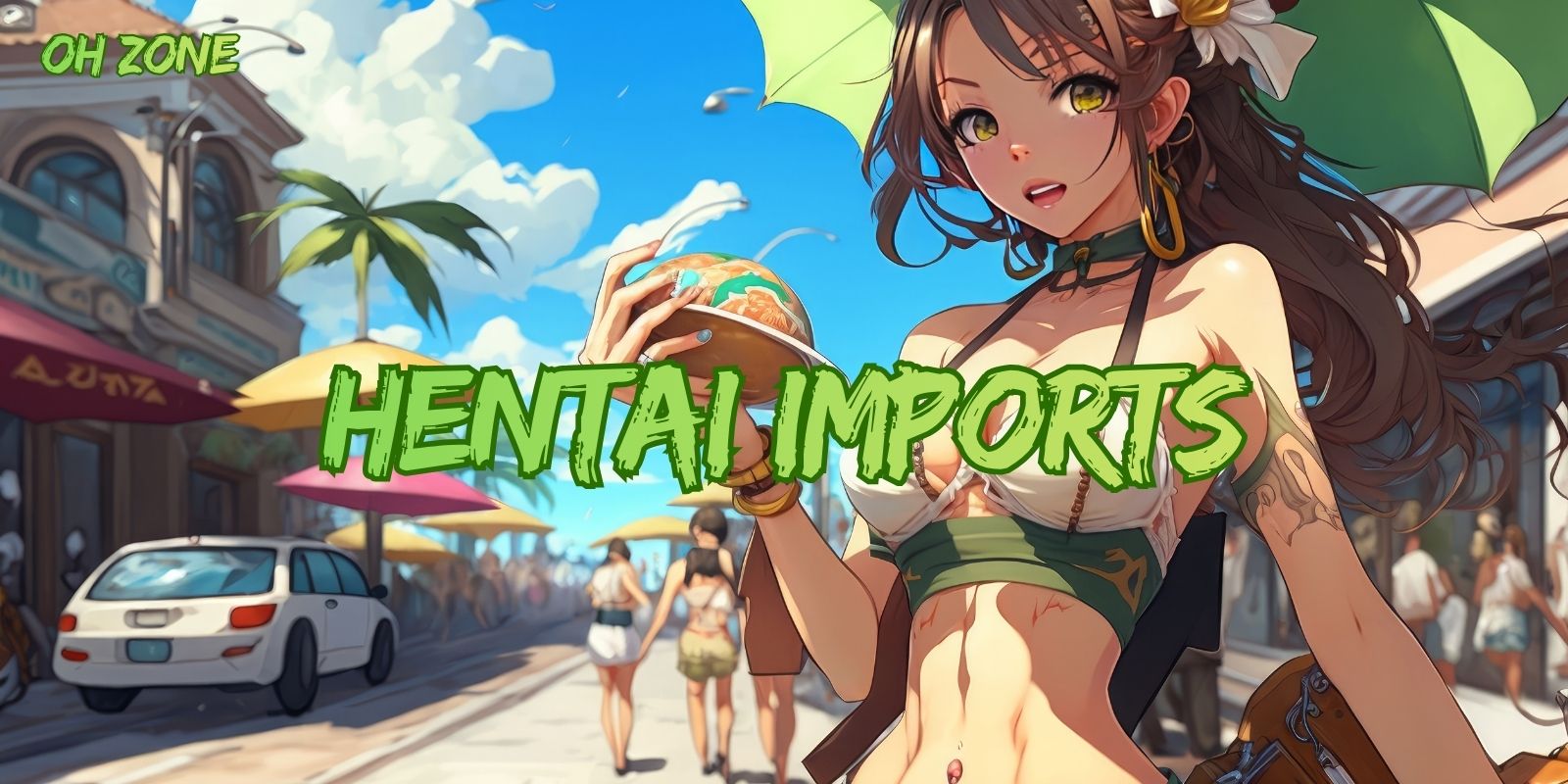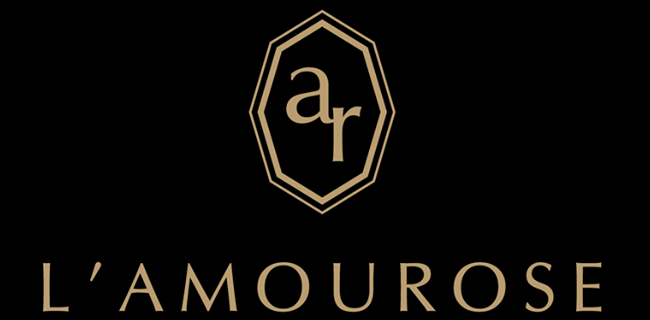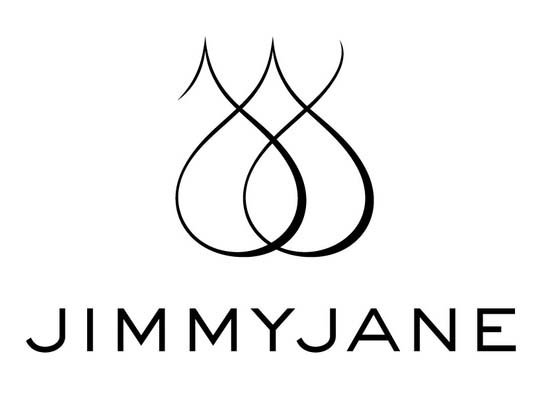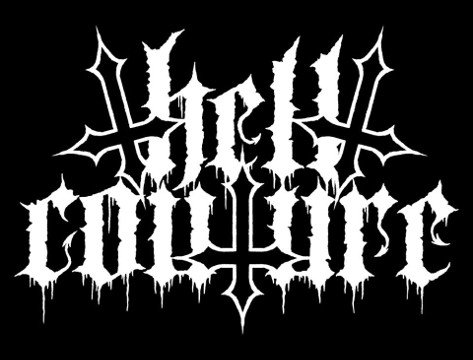Hentai Imports | Understanding Australia’s Ban, Cultural Meaning & Ongoing Debate
Hentai Imports: In October, without major public announcement, Australia quietly implemented a significant shift in its border regulations: the banning of hentai and anime-style adult material imports from Japan. For many Australians, especially fans of Japanese media, this change raised concerns about censorship, cultural misunderstanding, and the role of adult animation in a globalized world. This expanded guide explores what hentai is, why the import ban happened, and how it fits into broader discussions about culture, sexuality, and legality.
Table of Contents – Hentai Imports
- What Is Hentai?
- Changes to Australian Law
- Why the Australian Border Force Intervened
- Origins of Hentai in Japanese Culture
- Common Categories of Hentai
- How Hentai Is Produced
- Who Watches Hentai?
- The Debate: Does Hentai Belong in Western Society?
- Authoritative Resources
- Key Takeaways
- FAQ
- Culture & Regulation

What Is Hentai?
Outside Japan, the word “hentai” generally refers to explicit anime or manga — adult content depicted in animated or illustrated form. However, within Japan, the term simply translates to “perversion” or “abnormal sexual desire” and is not used as a genre label. Japanese audiences instead use genre-specific words such as “yuri,” “yaoi,” or “ero manga” depending on the content being depicted.
Hentai encompasses a huge spectrum of styles and themes, from romantic fantasy to extreme and taboo content. Its exaggerated art style, imaginative scenarios, and emotional storytelling distinguish it from traditional pornography. The genre can appear in manga, anime, games, novels, or collectible media.
For those seeking a complete cultural definition, the Wikipedia entry on hentai provides a clear overview of how the term evolved and why Western and Japanese interpretations differ dramatically. Understanding this distinction is essential when discussing legislation and censorship.
Changes to Australian Law
Australia’s ban on importing hentai became widely known only after community discussions surfaced on platforms like Reddit Australia, where users shared reports of parcels being seized or returned. The catalyst came from shipping carriers like DHL Japan informing retailers such as J-List that packages marked as “18+ adult anime” were no longer being allowed across Australian borders.
The new border direction primarily affects adult animation, manga, figurines, onaholes themed around animated characters, doujinshi, and merchandise considered “adult sensitive material.” Hentai Imports: Items depicting characters who could be interpreted as minors are particularly targeted, regardless of fictional status or disclaimers.
The regulatory shift sparked debates about consistency: many questioned why live-action pornography featuring young-looking but legal actors can be imported, while purely fictional art cannot. This inconsistency became a major point of tension among fans, creators, and civil rights commentators.
Why the Australian Border Force Intervened
The Australian Border Force clarified their position using long-standing wording about “public morality,” stating that any item depicting sexual material considered offensive to “reasonable adults” may be refused entry. This includes publications, films, and digital goods deemed inappropriate by Australian classification standards.
The catalyst for enforcement appears to involve a South Australian legal case involving individuals possessing child-like hentai images. Political advocates like Stirling Griff further argued that some anime characters resemble minors and therefore should be treated similarly to illegal content, even when fictional.
Critics argue that this reasoning oversimplifies Japanese art styles, where characters often appear younger than their stated age due to stylistic convention rather than intent. Supporters of the ban argue that even fictional depictions can normalize harmful themes, raising ethical concerns.
Origins of Hentai in Japanese Culture
Hentai’s origins can be traced to Japan’s long tradition of erotic art, including shunga — illustrated woodblock prints from the Edo period that depicted sexuality, intimacy, and pleasure in stylised form. Hentai Imports: These works were not only accepted but widely appreciated among various social classes.
Modern hentai evolved alongside the anime and manga boom, merging visual innovation with sexual expression. Japanese artists often use fantastical narratives to explore taboos in a fictional and safe context, creating stories that would be impossible or unethical to depict with real actors.
As anime gained worldwide popularity, hentai naturally traveled with it, creating global fanbases and strong online communities interested in exploring adult animation alongside mainstream fandoms.
Common Categories of Hentai – Hentai Imports
Hentai spans countless sub-genres, each catering to specific fantasies or artistic styles. These categories range from gentle romantic erotica to extreme fetish content. The diversity of genres is one reason the medium remains popular — it caters to nearly every preference or curiosity.
Genres such as “yuri” and “yaoi” focus on same-sex romantic or sexual relationships, while “futanari” blends male and female characteristics into a single character. Hentai Imports: Other categories, like tentacle erotica, push fantasy into surreal or alien territory.
Some genres remain highly controversial, including loli, shota, and incest themes. These categories draw the strongest criticism in Western societies and are at the core of the legal debates surrounding import restrictions and viewer ethics.
How Hentai Is Produced
Most hentai is produced in Japan through studios that specialise in adult animation, erotica, or explicit manga. Production processes mimic mainstream anime pipelines, involving storyboarding, character design, animation, voice acting, and digital editing — the difference lies in the sexual content and niche audience.
Major producers include Soft On Demand, Pink Pineapple, and smaller doujinshi circles that create self-published artworks. Hentai Imports: Many creators operate at conventions, selling comics, artbooks, and merchandise directly to fans.
Digital distribution has expanded the industry dramatically. With platforms offering instant access, global audiences can explore these works without relying solely on physical imports — a factor that may influence how fans adapt to import restrictions.
Who Watches Hentai?
The audience for hentai is surprisingly diverse. While historically dominated by male consumers, recent studies indicate rising interest among women, LGBTQ+ viewers, and readers seeking story-driven erotica. Online communities help create safe spaces for exploring fantasy-based content without real-world involvement.
Many viewers enjoy hentai for its imaginative scenarios and exaggeration — something that distinguishes it from live-action adult content. Because characters are fictional, many feel more comfortable exploring taboo or surreal fantasies in this format.
Platforms like MyAnimeList, Discord communities, and specialised sites allow fans to discuss their favourite genres, storylines, and artists. For those exploring adult expression online, guides like this overview of adult cam sites show how digital intimacy culture continues to evolve.
The Debate: Does Hentai Belong in Western Society?
Opinions about hentai in Western cultures vary widely. Supporters argue that hentai belongs under the umbrella of free expression, since it involves fictional characters and artistic storytelling. They believe adults should have the right to explore fantasy safely without fear of censorship or moral panic.
Critics, however, raise concerns about depictions of underage-looking characters or taboo themes. They argue that even fictional art can lead to harmful normalization, fuelling ongoing debates about media responsibility, ethics, and cross-cultural misunderstandings.
Hentai becomes especially complex when crossing borders. What Japan treats as artistic convention or satire may clash with Western laws, social norms, or limitations on adult content. Articles like this piece on the evolution of sex work show how views of sexuality shift over time — hentai fits into this larger conversation about cultural values and freedom.
Authoritative Resources – Hentai Imports
For deeper research, both academic and community-driven sources offer insight into hentai and its place in global culture. Hentai Imports: Academic journals often analyze hentai in the context of Japanese societal norms, fantasy, and historical erotic art. Books such as “The Anime Encyclopedia” provide comprehensive overviews of its evolution through the decades.
Online communities also play a major role in documenting trends, sharing critiques, and discussing censorship. The Reddit hentai community remains one of the most active forums where fans discuss subgenres, favourites, and ethical considerations.
When evaluating the Australian ban, platforms like Reddit Australia, anime news outlets, and legal commentary blogs help shed light on how the decision was received by everyday citizens and media fans across the country.
Key Takeaways
- Hentai differs culturally between Japan and the West, with distinct meanings and genre classifications.
- Australia’s ban targets adult anime imports, especially items featuring characters who appear underage.
- Hentai remains a global industry with diverse audiences and artistic traditions.
- Debate continues over whether fictional content should face the same restrictions as real-life media.
- Understanding cultural context is essential when discussing censorship, ethics, and global media exchange.
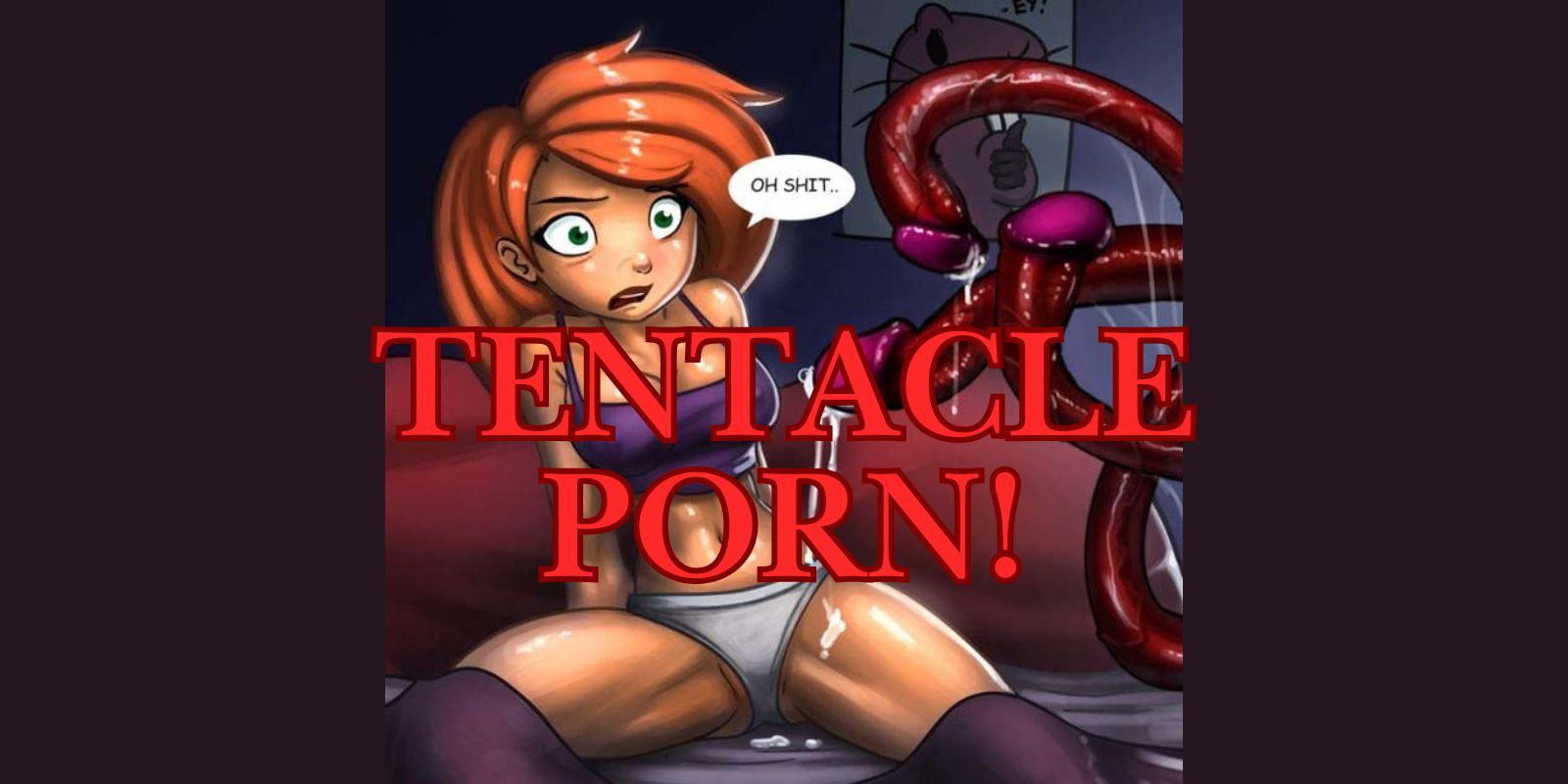
FAQ – Hentai Imports
Is hentai illegal in Australia?
Hentai is not universally illegal to view online, but many physical imports are now prohibited. Items depicting minors or characters perceived as minors are especially restricted.
Why did Australia ban hentai imports?
The ban was influenced by legal cases, political pressure, and concerns about fictional depictions of minors. Border Force now treats certain adult anime goods as violating moral standards.
Does this ban affect all adult manga and anime?
Not entirely. However, anything containing explicit sexual content and an 18+ marking risks seizure, especially if characters appear youthful or stylised.
Can adults still view hentai online?
Yes. Online access remains possible, though platforms vary in availability. The restriction applies primarily to physical imports.
Is hentai harmful or dangerous?
Opinions differ. Supporters argue it is purely fictional fantasy. Critics believe some subgenres cross ethical boundaries. Context, interpretation, and personal values all play a role.
Culture & Regulation
Hentai Imports: The conversation around hentai is more than a debate about adult media — it is a reflection of how cultures interpret sexuality, fantasy, and morality. Japan’s artistic traditions and storytelling styles differ from Western norms, creating misunderstandings that become magnified when laws and politics enter the equation.
As Australia strengthens restrictions on hentai imports, fans find themselves navigating a complicated landscape shaped by cultural differences, evolving technology, and ongoing conversations around sexuality. Balancing artistic freedom with ethical responsibility remains a challenge, and one that societies worldwide continue to explore.
Ultimately, hentai sits at the intersection of creativity, controversy, and cultural exchange. Whether you view it as art, fantasy, or something in between, understanding its origins and complexities leads to a more informed, nuanced conversation about adult media in the modern age.

